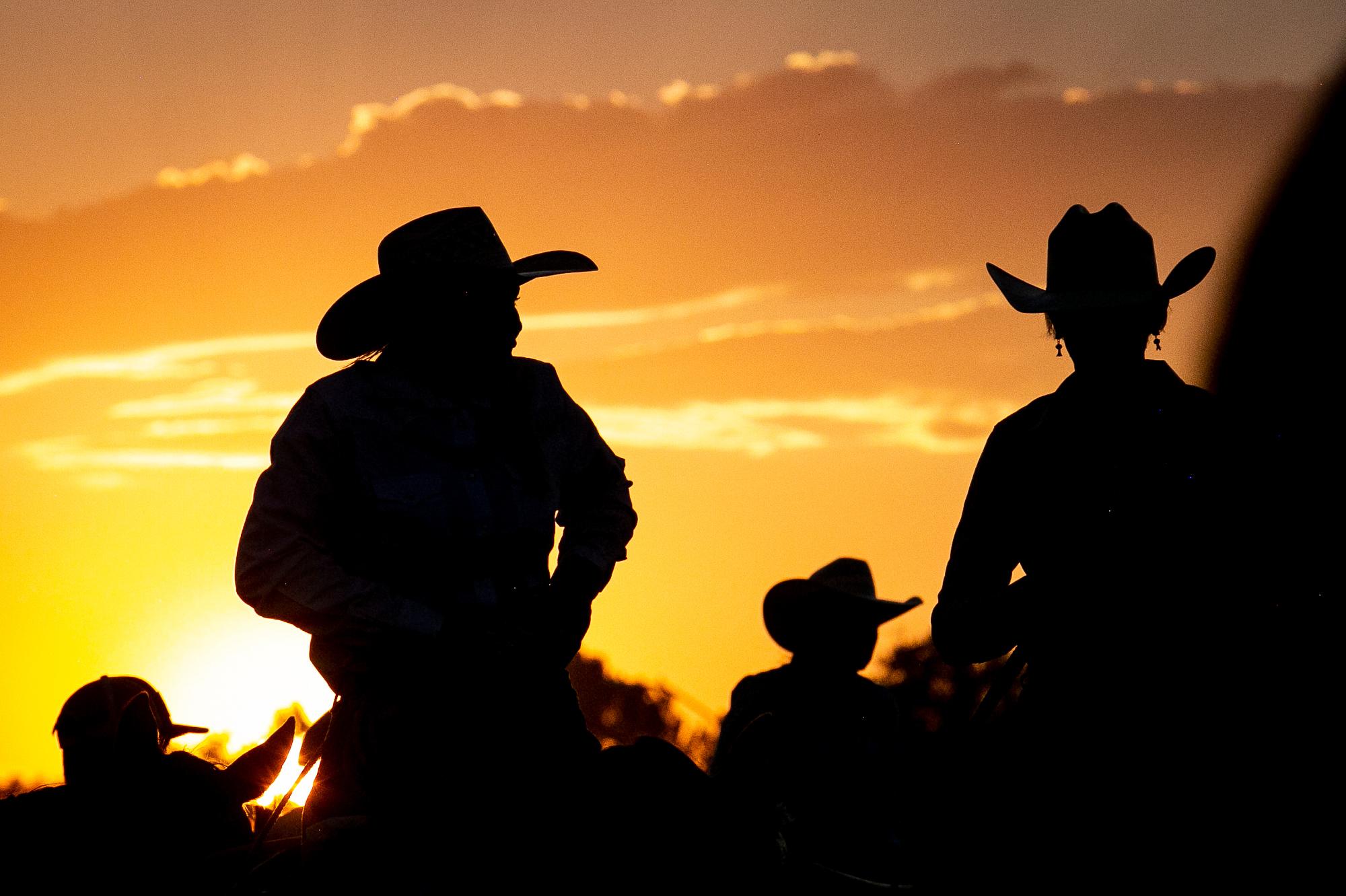
Colorado’s water leaders have released an updated blueprint detailing how the state will manage and conserve water supplies as climate change and population growth strain the system in unprecedented ways.
The first Colorado Water Plan was released in 2015 after back-to-back years of historic drought and sought to address the possibility that the state might not have enough water in the next few decades.
In the years since, continued warming, poor snowpack and low river flows have devastated available water supplies for farmers and ranchers. The reservoirs on the Colorado River, which starts in the mountains of Colorado and supplies more than 40 million people in the West with water, have hit critically low levels in the last year. The emergency has prompted the federal government to step in and demand the use of less Colorado River water.
The new analysis in the draft version of the new Colorado Water Plan, which was written by a team overseen by the Colorado Water Conservation Board, finds that cities, towns and industries in Colorado could be short 230,000 to 740,000 acre-feet of water annually by the year 2050 — enough water, depending on different drought and climate scenarios, to supply between 500,000 and 1.5 million homes.
As the state faces warmer temperatures and less water, analysis in the draft plan finds that statewide water use in towns, cities and industries will climb between 35 percent and 77 percent by 2050.
“There are a lot of things that water providers throughout the state are doing in order to meet that future need, but more is needed,” said Matt Lindburg, a water expert at the environmental firm Brown and Caldwell who helped the state with its updated water plan.
Farmers and ranchers are already short 2.6 million acre-feet of water each year, and the draft plan finds that gap might increase to nearly 3.5 million acre-feet by the year 2050.
The plan calls on leaders of Colorado’s nine river basins — known as roundtables — to identify local needs and projects that the Colorado Water Conservation Board can fund. Right now, about 1,800 such projects have been identified, a running list in various stages of readiness that comes with a hefty price tag: about $20 billion in funding to be fully completed.
Some of the proposed projects include building new reservoirs and expanding old ones, watershed improvements, environmental restoration projects and infrastructure improvements.
Some of these statewide water projects are funded through a tax on sports betting, which was legalized in 2019. However, state collections on sports betting are capped at $29 million a year.
Russ Sands, section chief for water supply planning at the Colorado Water Conservation Board, said more work needs to be done to secure the money needed for the state water projects. He said additional funding can come from private investment in water projects, future legislation and matching funds.
The Water Conservation Board will consider public comments on the draft until Sept. 30 before releasing a final version of the plan in early 2023.
- Blue Mesa reservoir: The marinas won't open this season as the threat of a water release to Lake Powell looms
- Yampa River: An emergency fishing closure on the river is spurred by low snowpack, drought and poor reservoir levels
- Lake Powell: The second-largest reservoir in the U.S. on the Utah-Arizona border dropped below critical threshold, due in part to low snowmelt from Colorado's Rocky Mountains.








